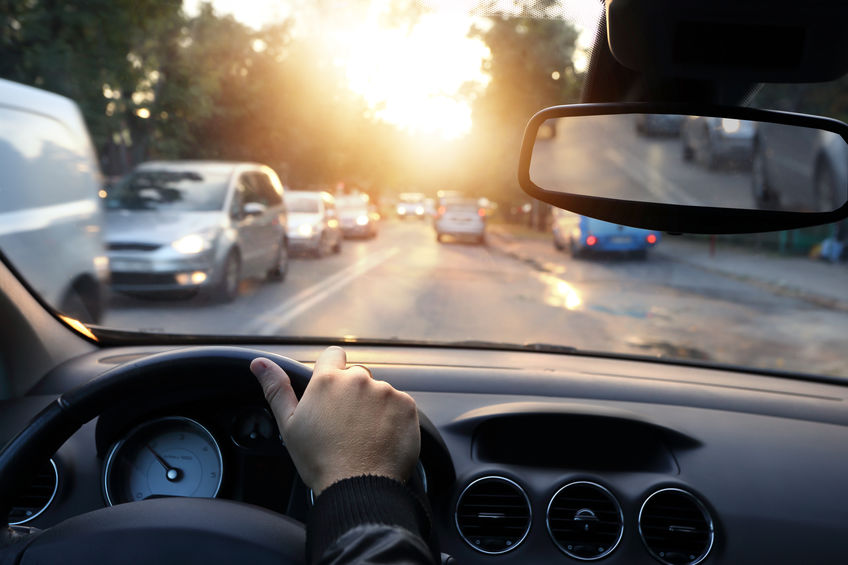During daylight hours, at any given moment hundreds of thousands of drivers are using their cell phones while driving, putting everyone on the road at risk for auto accidents.
Most Car Accidents Are Due to Driver Error
Cell phones and driving don’t mix. Being distracted is a major source of human error, and cell phones are a major source of distraction. Even using a cell phone hands-free while driving doesn’t make the practice risk-free.
The Myth of Effective Multi-Tasking
The National Highway Traffic Safety Administration reports that in 2018, 2,841 people died and 400,000 people were injured in car accidents in which distracted driving likely played a part.
Anything from changing the radio station to eating while driving can distract you from the road, at least briefly. But using a cell phone is the most persistent and most dangerous way to get distracted. At any given time during daylight hours, on average about 481,000 people “are on their phones at any given daylight moment,” as NHTSA puts it. Hands-free telephonic engagement — with the help of headphones or earbuds, a dashboard phone system, or speakerphone — doesn’t really solve the problem.
Our minds have a hard time truly focusing on more than one task at a time. A study by the National Safety Council (NSC) concluded that multitasking in the sense of simultaneous mental focus is a myth. Often, when you are apparently doing two or more things simultaneously — for example, as a secretary in a busy office — what you really do is juggle. People good at juggling are said to be good at multitasking. “Brains can juggle tasks very rapidly, which leads us to erroneously believe we are doing two tasks at the same time,” the NSC researchers contend. “In reality, the brain is switching attention between tasks – performing only one task at a time.
Because vision is the form of sense perception that we need most in order to drive safely, talking on a cell phone — even hands-free — can make it harder for a driver to really see, interpret, and if necessary react to what he is looking at. According to the NSC:
Estimates indicate that drivers using cell phones look at but fail to see up to 50 percent of the information in their driving environment…. Drivers are looking out the windshield, but they do not process everything in the roadway environment that they must know to effectively monitor their surroundings, seek and identify potential hazards, and respond to unexpected situations.
Most Colorado drivers are at least sometimes distracted.
In 2017, the Colorado Department of Transportation (CDOT) conducted a survey of Colorado drivers. Eighty percent of respondents said that they have driven while distracted, 53 percent that they have driven while talking and holding a cell phone, and 54 percent that they have driven while talking on a cell phone hands-free.
The CDOT also reports that 15,000 crashes a year in the state involve distracted drivers.
Although the explosion of cell phone use has led many states to ban hand-held devices while driving, no state has entirely outlawed drivers from using cell phones while behind the wheel. This year, the Colorado Senate passed a bill to ban hand-held phones, but the legislation failed to emerge from a house committee. Currently, only drivers under 18 years old are forbidden to use a phone while driving in Colorado. It is illegal for any driver in the state to text and drive.
Regardless of the law, every driver should put the phone away while on the road. If you need to use the phone, find a safe place to pull over before making a call or responding to a text message.

